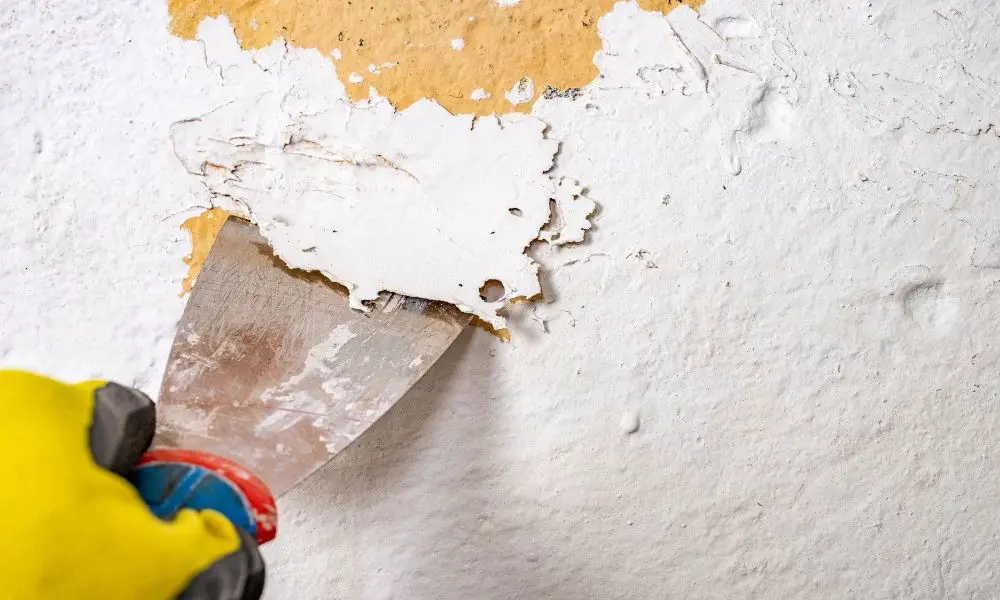

Lead-based paint has a storied history in America. Here’s what you need to know about the complicated history of lead-based paint.
The use of lead paint dates back as far as the 4th century BC, when it was the paint of choice of Roman and Greek painters and laborers. Lead-based paint came over to the United States during the Colonial era. Thanks to the unrelenting demand of master painters, it became easily available to those who could afford it.
Lead paint was used to create numerous artistic masterpieces and even grand architectural structures—at one point, iconic government buildings such as the White House, Capitol, and Mount Vernon were all painted with lead-based paint.
The popularity of lead-based paint peaked in 1922. What was once an expensive luxury good became an easily accessible, inexpensive, and sought-after commodity. It was durable and easy to wash, which made it the ideal kind of paint for things that were breakable and required constant cleaning. Children’s toys, dishware, and walls nationwide were covered in the stuff.
Everyone loved lead paint. It was even heavily endorsed by the US government. At the time, nobody fully understood the risks of repeated exposure to lead paint.
There was some previous research to suggest that lead paint exposure was dangerous, but it was brushed under the rug by those who felt the pros of lead-based paint outweighed the health risks. So, people blithely coexisted with lead paint—that is, until their children fell sick in droves.
Leaders in the lead industry knew lead paint was poisonous before the general public did. Emerging research showed the substance was hazardous to children who ingested it, leading to permanent brain damage, convulsions, and in some cases, death.
But lead paint made good money, and businesses who sold it didn’t want to surrender their livelihood. For decades, they skirted around the issue. Instead of placing warning labels that read, “poisonous to children,” on their products, they went for something vaguer—”not for use on toys, furniture, or interior surfaces that might be chewed by children.”
When children consumed lead paint and got sick, blame was placed on the parents and unnatural diseases. It wasn’t until the 1950s, when concerns about chipped and flaking lead paint were brought up, that the government took action. The National Bureau of Standards released materials that urged parents and manufacturers to abstain from using lead paint on children’s furniture and playthings.
But lead paint was still used in homes for another two decades. The complicated history of lead-based paint came to an end in 1978. After numerous studies were published outlining the health hazards of lead-based paint, it was officially banned for use in consumer products and residential buildings.
American families are once again juggling the seasonal custom—and financial burden—of back-to-school shopping as the…
Want to bond over unexpected activities? Look at these unconventional ways to connect with your…
Burnout isn’t just something that happens to CEOs. For moms homeschooling littles, it’s a very…
When it comes to long-distance motorcycling, comfort, reliability, and smart engineering can make or break…
Flowers have seen significant transformation over time; online flower shopping is increasingly common now for…
Learn essential first-time landlord tips for success, from tenant screening to property maintenance. These strategies…